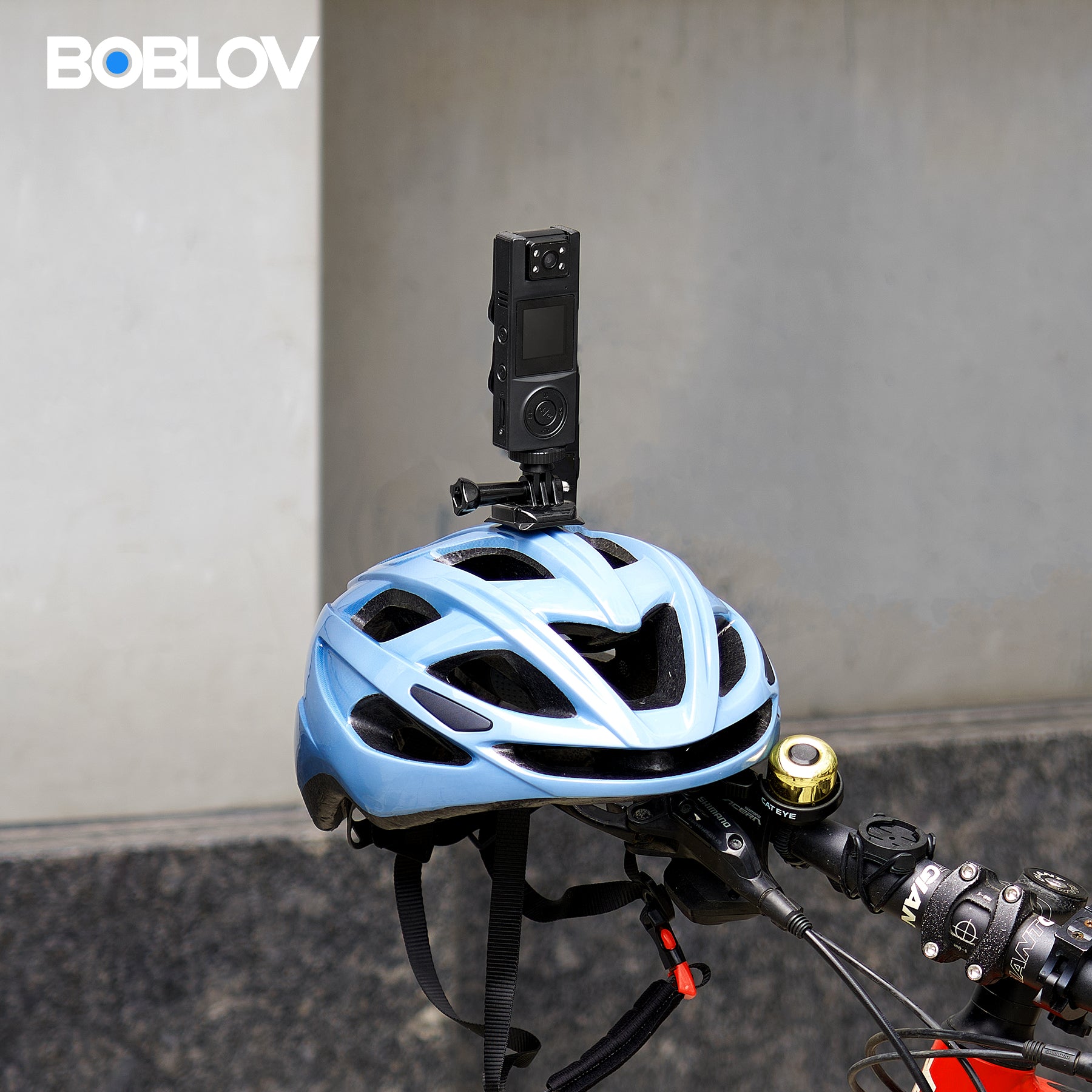Understanding Body Worn Cameras: A Primer for Law Enforcement
The Evolution of Body Worn Cameras in Law Enforcement
The use of body worn cameras has grown over the years. Early on, bulky models limited their use. But with advancements, they've become vital tools in policing. Today, brands like Boblov lead the way with sleek, efficient designs. This evolution has been driven by a need for transparency and evidence collection. It has truly changed the way law enforcement interacts with the public. Let's now look deeper into how these devices have shaped modern policing.
Key Features and Benefits for Officers
Body-worn cameras (BWCs) like those from Boblov have become vital in modern policing. They offer many benefits:
- Evidence Collection: BWCs provide real-time evidence, capturing crucial details that may be missed otherwise.
- Officer Training: Footage from bodycams can be used for training, helping officers learn from real encounters.
- Incident Review: After an event, BWCs allow for accurate review and assessment of an officer’s actions.
- De-escalation: Knowing encounters are recorded can calm both the officer and civilians, often reducing confrontations.
- False Complaints Reduction: BWCs can disprove false allegations, protecting both the public and officers from false accusations.
- Court Proceedings: BWC footage can expedite court processes, serving as reliable evidence that may speed up trials.
These features not only support officers but also enhance overall policing standards.
Legal Considerations and Best Practices
When police use bodycams, they must think of the law first. Rules vary by place. Officers should know their local laws about recording people. Before using a camera, they should tell folks they are recording. This may not always be needed, but it's a good habit. Cops must also make sure they keep the videos safe. They can't share them without reason. All video storage must follow strict rules to protect people's privacy. The best way to use bodycams is to train cops well. They need to learn when and how to use the cameras. They also need to know how to keep the videos secure. And they should understand when it's okay to share footage. If cops use bodycams right, they can help a lot. They make things clearer and fairer for everyone.
The Impact of Body Worn Cameras on Public Safety
Enhancing Accountability and Transparency
Body worn cameras, like the BOBLOV, are reshaping U.S. policing. By recording interactions, they boost oversight. This leaves less room for disputes about police actions. Clear footage can confirm events, aiding in court processes. It deters misconduct. The cams also make officers more aware of their behavior. This helps ensure that their actions align with the law and policies. The result is clearer accountability and stronger public trust.
Driving Criminal Behavior Down
Body worn cameras (BWCs) by brands like BOBLOV are proving to be potent deterrents. Their use leads to fewer incidents of crime and misconduct. Cameras capture actions, which makes criminals think twice. Police confirm that suspects often change behavior when told they're being recorded. BWC footage also aids in court, deterring false allegations. This tech is slowly reshaping police work, enforcing law and order with more oversight.
Building Trust with the Community
Body-worn cameras, like Boblov, are more than tools for recording; they bridge gaps. When officers wear cameras, people see more transparency. This leads to trust. It changes how citizens view police actions. Every recorded interaction can prove fairness or reveal faults. This shapes public opinion and can restore faith in law enforcement. With these cameras, communities and police can forge better relations. Overall, bodycams offer new ways to connect with the public. They help create a safer society for all.
The Future of Body Worn Cameras in the United States
Technological Advancements and Next-Gen Devices
The future of body worn cameras lies in the advances of technology. Cutting-edge devices are now being integrated with artificial intelligence, offering features like real-time video analysis. Some offer automatic activation when a firearm is drawn. We are also seeing wireless streaming capabilities for instant video access. This tech promises to revolutionize evidence collecting and reinforce accountability. The new generation of Boblov bodycams is set to enhance officer safety and decision-making.
Ethical and Privacy Concerns in a Digital Age
In a digital era, body worn cameras (BWCs) stir debate around ethics and privacy. As BWC use grows, so do concerns. People worry about constant surveillance and data misuse. Cops must balance public safety with personal privacy rights. Rules to protect citizens are needed. The debate will guide how BWCs evolve. Bodycams should not breach private moments. Policies must ensure data security and clear usage limits. These are key as we embrace this tech.
The Role of Body Worn Cameras in Community Engagement and Safety
Body worn cameras (BWCs) are reshaping interactions between police officers and citizens. They play a critical role in engaging the community by boosting transparency and fairness. When people know that officers are recording, it often leads to better behavior on all sides. This fosters a safer environment for everyone.
With BWCs, agencies can share footage to clarify incidents, which helps to dispel rumors and misinformation. Police departments also use videos from BWCs to train new officers. These clips show real-life examples of how to handle various situations. The goal is to improve public safety and foster a deeper connection between law enforcement and the community they serve.




